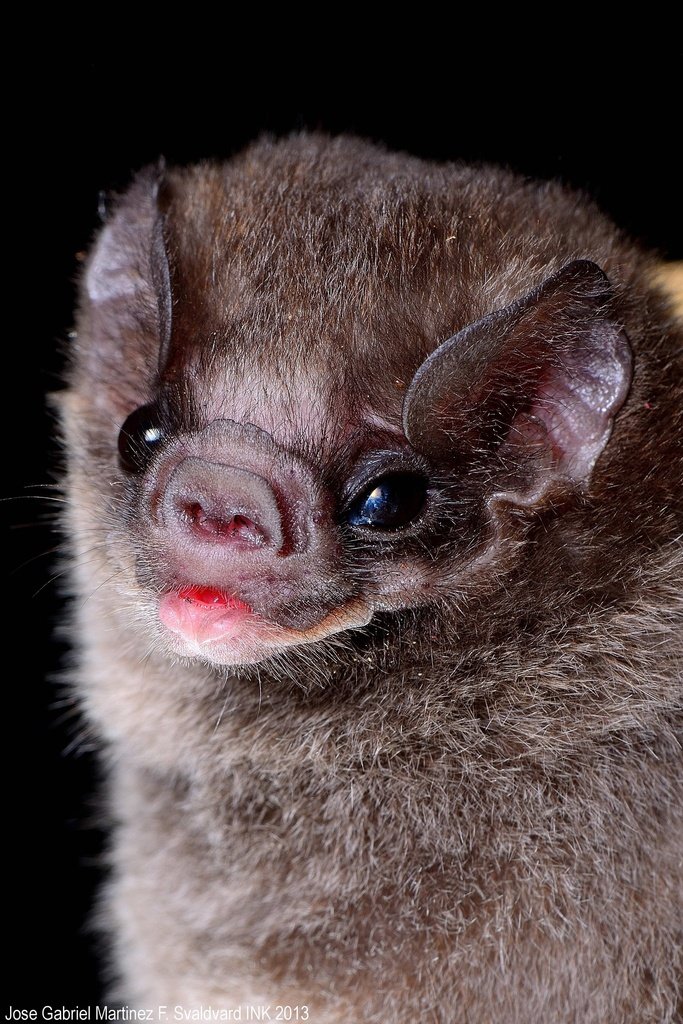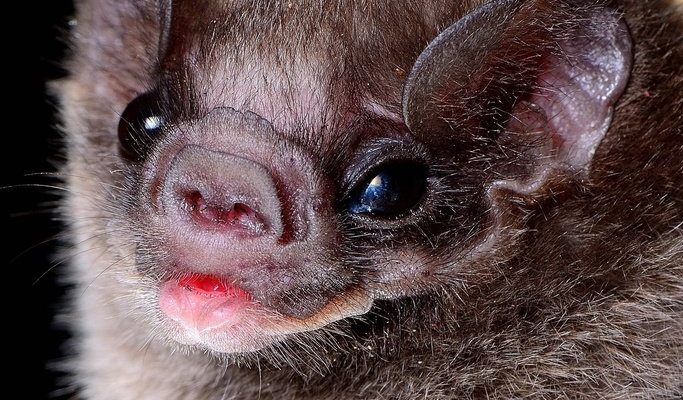
Vampire bats primarily feed on the blood of other animals, which sounds a bit gruesome, right? Yet, this diet has forced them to adapt in ways that most other animals haven’t. They’re like tiny, feathered scientists, constantly figuring out how to make the best of what they have. Let’s dive into the various ways these remarkable creatures manage to survive against the odds.
1. Their Unique Diet and Feeding Habits
Vampire bats are not your typical bloodsuckers. Unlike what movies might suggest, they don’t drain their prey completely but take only a small amount of blood—about a tablespoon or so. This feeding method is surprisingly strategic. They typically choose larger animals, like cows or horses, as their source because their size means they can sustain a bit of blood loss without serious harm.
When feeding, vampire bats use their heat sensors to find the best spot to bite. This allows them to land on a sleeping animal, often unnoticed, and make a quick incision with their sharp teeth. The real magic happens with their saliva, which contains an anticoagulant enzyme. This enzyme prevents the blood from clotting, allowing the bat to enjoy a continuous stream of nourishment. Pretty clever, right?
Moreover, vampire bats have a built-in social support system. They often share food with fellow bats who didn’t manage to feed. This sharing increases their survival odds, particularly in harsh conditions where food is scarce.
2. Temperature Regulation and Adaptability
Living in diverse environments, vampire bats have developed impressive ways to regulate their body temperature. If we think about it, they’re like furry little thermostats! They’ve got the ability to adapt to temperatures ranging from tropical rainforests to more arid environments, where the temperature can swing quite a bit.
Their fur serves as both insulation and a way to cool down. When it’s hot, they can spread their wings and let the air circulate through their fur to cool off. When it’s chilly, they fluff up their fur to trap heat. This kind of adaptability is essential because temperature extremes can seriously impact their survival.
You might be wondering why this matters. Well, temperature regulation allows vampire bats to stay active and continue feeding even when conditions are less than ideal. This capability is crucial during droughts or colder seasons when other food sources may be vanishing.
3. Nighttime Lifestyle and Hunting Tactics
Let’s not forget that vampire bats are night owls! They primarily hunt at night when their prey is most vulnerable. This nocturnal lifestyle not only reduces their risk of being spotted by predators but also aligns their feeding habits with the sleeping patterns of potential hosts.
Vampire bats use a blend of echolocation and keen eyesight to navigate through the dark. Echolocation is like the bat version of sonar, helping them locate both food and obstacles in their environment. This hunting style is vital for survival, especially in dense forests where visibility can be very limited.
Their social structures also play a role in their hunting success. Bats often roost together and share information about where to find food. This teamwork enhances their chances of survival in harsh conditions, as they pool their knowledge and experiences.
4. Evolutionary Traits That Aid Survival
Vampire bats have some evolutionary traits that are perfectly suited for their lifestyle. One of the most interesting is their ability to take only what they need. This trait has evolved over millions of years, allowing them to exploit a unique niche in the ecosystem without over-consuming.
Their sharp teeth and anticoagulant saliva are not just for show; they’re essential for their feeding process. These adaptations minimize harm to their hosts, ensuring a continued food source. If they drained an animal completely, it wouldn’t be able to sustain them in the long run.
Additionally, they possess remarkable social bonds and communication skills. Vampire bats can recognize their peers and even remember who has shared meals with them in the past. This strong social structure enhances their chances of survival, especially in harsh environments where resources are limited.
5. Intelligent Problem Solving
Vampire bats aren’t just intelligent; they’re clever problem solvers. When faced with challenges, they often find unique solutions that other species might miss. For instance, if a particular host animal becomes wary, bats may switch to less vigilant animals, showcasing their ability to adapt.
One fascinating behavior is how they can learn from each other. For example, if one bat discovers a new feeding technique or location, it can communicate this knowledge to others, creating a community of skill-sharing. This adaptability keeps them one step ahead in the game of survival.
Moreover, if a bat fails to find food, it can rely on its friends for a meal. This act of reciprocity fosters a strong bond among the bats, increasing their chances of thriving even when times are tough. Isn’t it amazing how collaboration can enhance survival?
6. Navigating Harsh Environments
Vampire bats are experts at navigating various harsh environments. For instance, in tropical forests, they deal with high humidity and fluctuating temperatures. Their ability to thrive in these conditions often comes down to their choice of sleeping spots. They prefer roosting in caves or hollow trees, which provide excellent protection from the elements and predators.
In drier regions, they may need to adjust their roosting habits to find moisture. Bats can often be found near water sources, allowing them to maintain hydration.
The adaptation to diverse habitats is what sets vampire bats apart. They are not limited to a specific environment but can find ways to survive and flourish wherever they go. This flexibility is vital as their habitats continue to change due to climate factors and other environmental pressures.
7. Conservation and Future Challenges
While vampire bats have impressive survival skills, they are not immune to the challenges posed by habitat loss and climate change. Human activities, such as deforestation and agriculture, can disrupt their roosting sites and food supply. If we think about the challenges they face, it’s clear that these creatures need our attention and protection.
Conservation efforts are crucial not just for vampire bats but for the ecosystems they inhabit. Healthy populations of vampire bats contribute to the balance of nature, controlling pest populations and offering ecological benefits to their surroundings.
To help, you can support wildlife conservation initiatives, promote sustainable agriculture, and educate others about the importance of these misunderstood creatures. Every little effort counts in ensuring these fascinating animals continue to thrive.
In conclusion, vampire bats remind us that survival often comes down to adaptation and community. With their unique diets, clever hunting methods, and strong social bonds, they show us how life can flourish even in some of the harshest environments on Earth. So, the next time you think of bats, remember there’s much more to them than just the spooky stereotypes!

